Does your site have HTTPS yet? If not, you should certainly be transitioning it to keep your site at the top of rankings and in great standing with your users. If you have, make sure that you’re considering all of the other avenues by which someone may find your site, like your local citations, or directory listings.
First we’ll start with why your local citations are one of the most important things for your online marketing. If you’ve ever heard the term NAP, it’s just a reference to your name, address, and phone number. Sounds simple, right? For some practices it may be, but for those with multiple citations and locations it gets a little tricky. …

Read more



